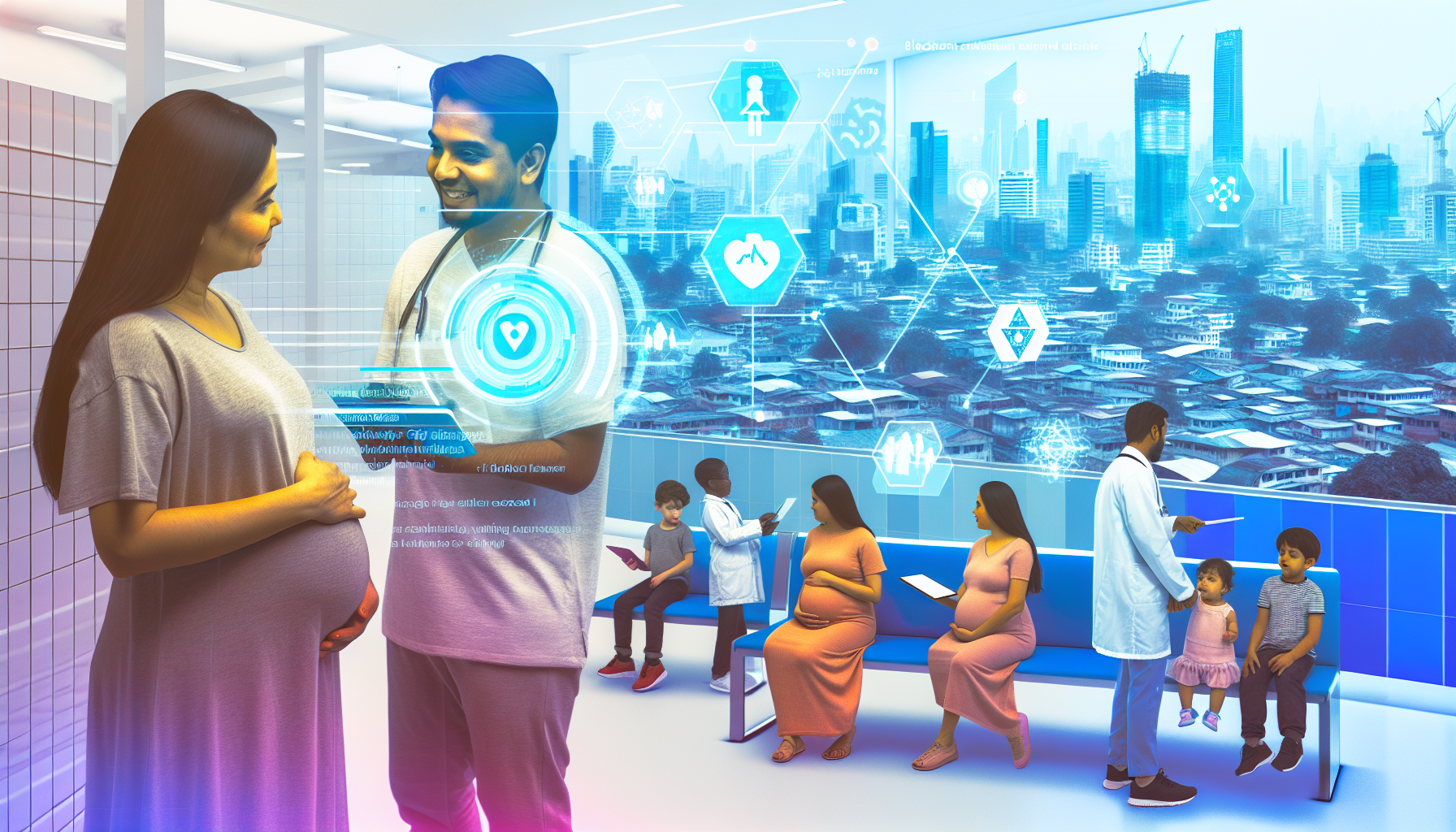In a world where digital transactions punctuate every aspect of life, we’ve witnessed groundbreaking revolutions across sectors. Yet, the winds of change blow ever so gently over the maternal and child health landscape, heralding what may be a new dawn for healthcare provision in the crypto era.
The integration of cryptocurrencies has pervasively transformed the healthcare industry, most recently making strides in improving maternal and child health services. This article delves into this phenomenon, dissecting how a cryptocurrency-dominated society is sunsetting archaic financial constraints, allowing for an ecosystem where health services are not just accessible but also preferable in their digital garb.
From Bitcoin to Ethereum, and even to lesser-known altcoins, the crux of crypto’s success lies in its ability to circumvent geographical barriers and offer immediacy in transactions. Consider a rural clinic in a crypto-city, where pregnant women no longer need to travel distances to receive prenatal care. Cryptocurrency micropayments can enable remote consultations, afford telemedicine services, and secure health packages for mothers without the hindrances of cross-border fees or currency conversion woes.
But it’s not just about facilitating transactions. The blockchain technology that underpins these cryptocurrencies ensures unparalleled transparency and tracking of resources. Imagine the promise this holds for tracking vaccinations for children, where every dose administered is an entry on an immutable ledger, ensuring accountability and traceability from manufacturer to arm.
The evolution hasn’t stopped there. Tokenization has entered the chat, transforming how communities fundraise for maternal and child health causes. No longer are efforts siloed or reliant on a single currency’s strength – instead, they are borderless. ‘Mommy Tokens’ or ‘Health for All Coins’ might become the new face of healthcare fundraising, where the success of these tokens directly correlates to improved health service delivery.
Now, let’s talk real-world impact. Initiatives like Project BirthChain aim to use crypto donations to supply birthing kits and neo-natal equipment to underserved regions. Success stories from many corners of the globe underscore the profound difference these projects make, powered by the speed and flexibility of cryptocurrency contributions.
Challenges persist, of course. Concerns surrounding volatility and the digital divide loom large over this optimistic landscape. Volatility can make budgeting for health programs a high-stakes gamble. And as much as crypto has erased some barriers, the digital divide threatens to erect new ones, necessitating sustained efforts to bolster digital literacy and infrastructure.
To further illustrate, let’s hear from Dr. Ana Silva, a leading figure in crypto-funded healthcare, ‘The potential for a substantial positive shift is there, but we cannot turn a blind eye to the infrastructural and educational challenges. Addressing these is paramount for the realization of a truly equitable health ecosystem.’
As our exploration comes to a close, one cannot help but wonder if we are indeed witnessing the break of dawn for maternal and child health in the crypto age. Will we see robust networks of support emerge as the norm, or will this be but a fleeting sunrise?
The answers are slowly unfolding, but one thing is certain – in a society that places its economic heartbeat in the digital realm, the promise for maternal and child health shines brighter with every transaction. This is just the beginning, and the potential for innovation and efficiencies has barely been tapped.
